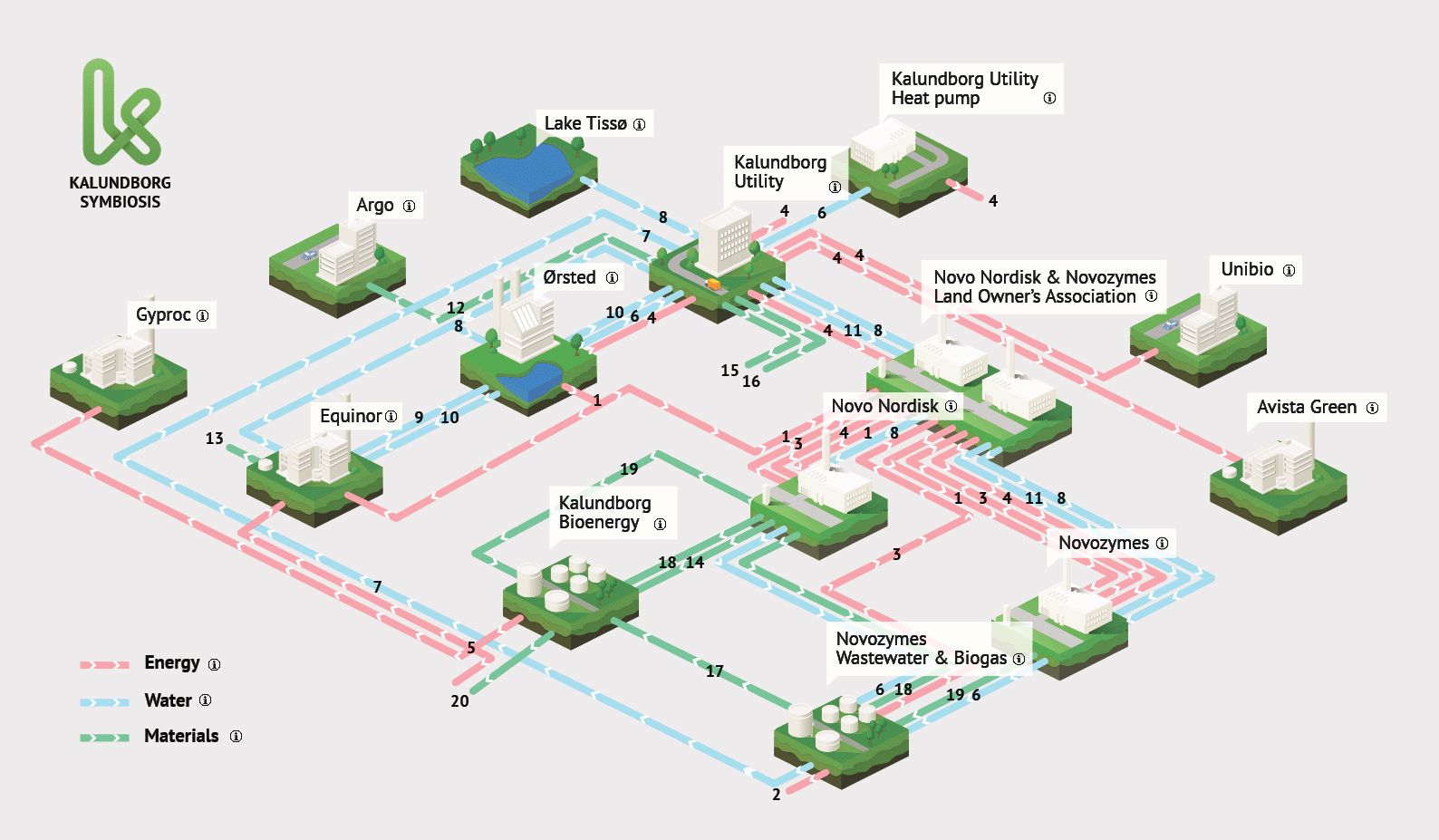
The circular economy
Our current Linear Economy model flows in one direction and has created the global environment we live in, leading to depleting our planetary resources. This is no longer sustainable. Simply put it is based on -
Production to consumption involving “Taking – Making – Using - Disposing”
Factory inputs come from natural resources. They get processed into goods/products. These are purchased and then discarded. Some items like plastic products are often disposed of after single use.
Since natural resources are irreplaceable, industry, policy makers and consumers need urgent alternatives. The Circular Economy model promotes the following approach from production to consumption:
Reducing – Reusing – Recycling - Recovering materials.
What you can do
Find out more and
contribute to the Circular Economy in your community
The purpose of Circular Economy is to maximize products and services that are already in use.
This includes all phases of a product's life cycle. Typically life cycle phases involve:
-
the extraction of natural resources;
-
the conversion of natural resources into products; and
-
the reconversion of unused materials, as well as waste, into sources of resources for new products.
Think before you make a purchase. Research the company you're buying from. You won't get it right each time, but make a start. Does it have green credentials? Does the product have a long shelf-life? Is it responsibly sourced, recyclable, and reusable?
Are you a business or a start-up?
Are there business opportunities in your area?
Can you collaborate with others?
What others have done
Many companies, businesses and governments have taken steps to:
-
Reduce inputs and use of natural resources
-
Get more value from used materials over their life cycle
-
Reduce both direct and indirect emissions
-
Reduce losses of valuable materials, prevent waste production, minimize burning and landfilling, and reduce energy and material loss
-
Increase renewable and recyclable resources
-
Increase the value durability of products: this can be achieved by using business models involving use-oriented services (such as product leasing found in modes of transport)
-
re-using products and components, and providing repair services.


A checklist
See the video opposite for the inspiring example of the Kalundborg Symbiosis approach.
Implementing the Circular Economy at:
Micro Level can involve eco design, cleaner production, pollution prevention, reducing hazardous materials, and environmental design at the outset of the planning phase.
Meso Level refers to production sites, or a network of industries so that one industry's waste can be utilized by another in what is called industrial symbiosis. Diverse resources and by-products are exchanged to achieve economic and environmental benefits, ideally in close proximity such as in an eco – industrial park.
Macro Level requires co-operation between a number of diverse players and typically comprises, cities, regions or nations. Successful citizen awareness and interactions lead to concepts of Eco Cities. This is where municipal policies for Green deal, leadership and partnering with local business, citizens and consumers effectively evolve sustainable cities of the future.
Call for change
Eco cities have a huge opportunity to impact the magnitude of climate change: after all, larger cities are consuming two thirds of the world’s energy and responsible for emitting over 70% of global CO2 emissions.
Learn from others and call for change in your local street, town, city and country!

